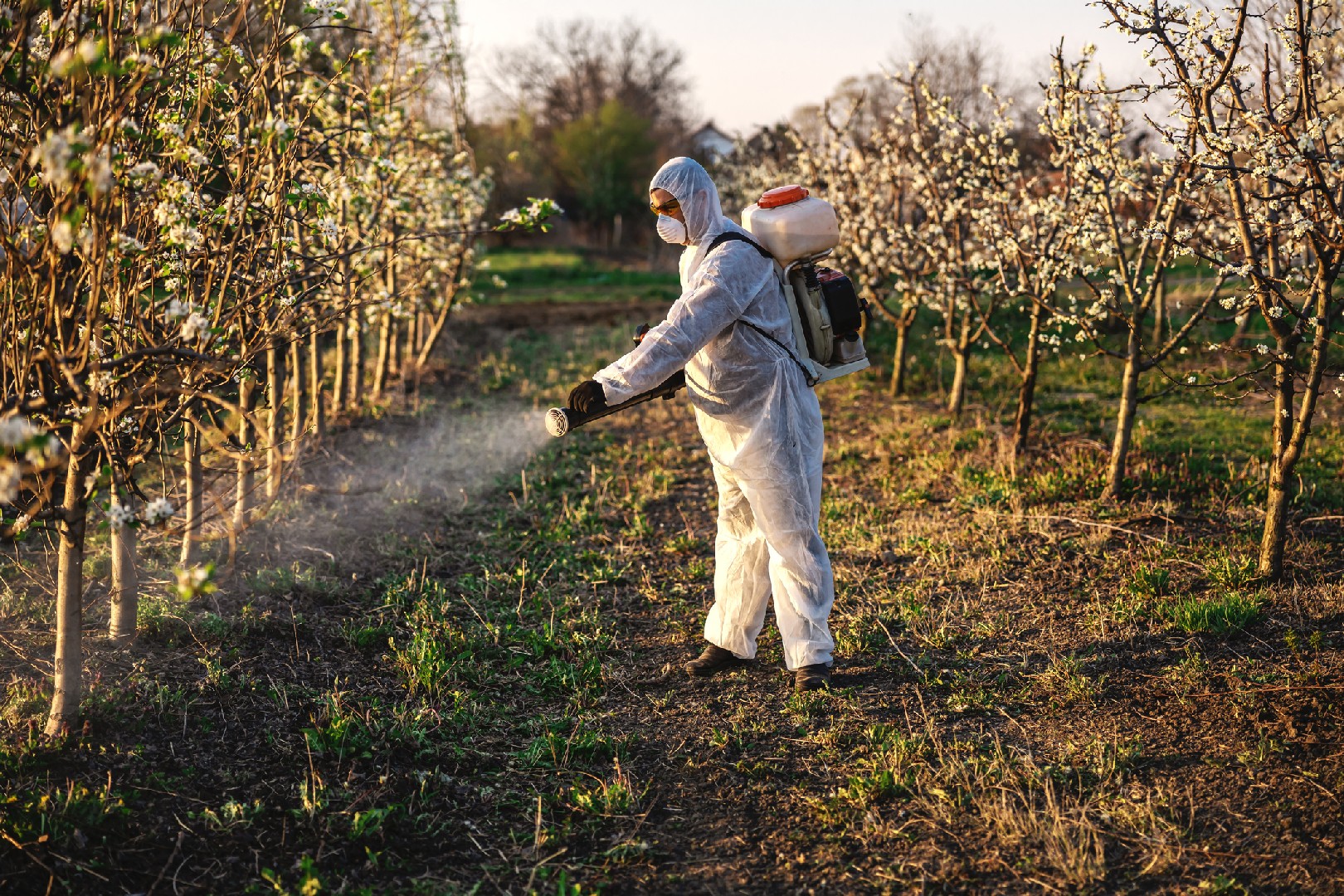![Rectangle]()
Implementing Monitoring and Identification for Successful IPM
Implementing monitoring and identification practices is crucial for the success of integrated pest management (IPM). By regularly monitoring and identifying pests, you can effectively control their populations and prevent the risk of damage to crops or structures. In this section, we will explore the key steps to integrate monitoring and identification into your IPM practices, examine case studies of successful IPM, and discuss challenges faced and how to overcome them.
The first step in implementing monitoring and identification is to establish a regular monitoring schedule. This involves regularly inspecting your crops or structures for any signs of pest activity. It is important to be thorough and systematic during these inspections, checking both visible areas and hidden spaces where pests may hide or breed. Consider using sticky traps, pheromone traps, or visual inspections to detect pests at an early stage.
Once pests are detected, it is crucial to accurately identify them. This requires knowledge of pest biology, behavior, and appearance. Familiarize yourself with common pests in your area and their characteristics. You can use field guides, online resources, or consult with local agricultural extension services for assistance in identification. Accurate identification is essential for developing an effective IPM strategy tailored to the specific pest species.
Case studies have shown that accurate monitoring and identification have led to successful IPM implementation. For example, in a vineyard in California, regular monitoring and identification of grape leafhoppers allowed the grower to implement targeted control measures, reducing the need for chemical pesticides and promoting sustainable pest management practices. Similarly, in an urban setting, accurate identification of bed bugs in a residential building led to the implementation of a comprehensive IPM program, effectively eliminating the infestation without relying solely on pesticide treatments.
Implementing monitoring and identification practices also brings challenges. One common challenge is the time and effort required for regular monitoring. However, the benefits outweigh the investment as early detection and action can prevent significant damage and reduce the overall cost of pest control. Another challenge is the accurate identification of pests, especially for less common or newly introduced species. In such cases, collaboration with experts or entomologists can be invaluable for accurate identification.
To overcome these challenges, consider implementing integrated pest management software or mobile apps that simplify the monitoring and identification process. These tools can streamline data collection, provide real-time pest identification assistance, and generate reports for analysis and decision-making. Additionally, continuous education and training on pest identification and monitoring techniques can enhance your skills and confidence in implementing IPM practices effectively.
In conclusion, implementing monitoring and identification practices is essential for successful integrated pest management. By establishing a regular monitoring schedule, accurately identifying pests, and learning from case studies, you can enhance your IPM practices and achieve sustainable pest control. Overcoming challenges through the use of technology and continuous education will further improve your ability to implement effective IPM strategies. Remember, proactive monitoring and early identification are key to preventing pest damage and maintaining healthy crops and structures.





